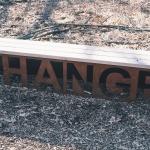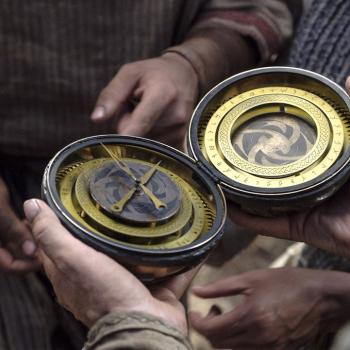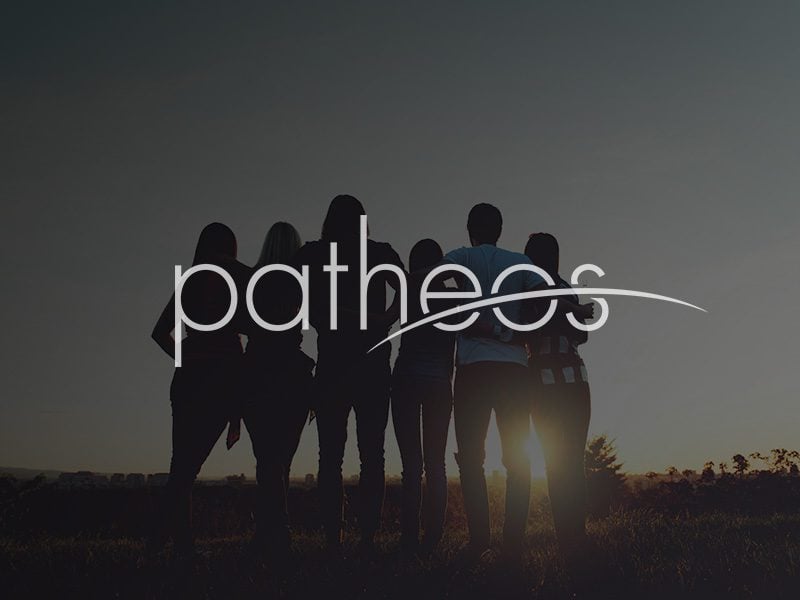I have recently completed teaching a study-abroad course with students from both Gordon College (where I used to teach) and Valparaiso University (where I currently teach). Covid certainly presented some difficulties, but we managed. We were hosted by Gordon College’s study-abroad program in Orvieto, Italy. It is an amazing program in a lovely location. Being there again has led me to re-post what I have written about it before. Herewith:
American Christian higher education boasts many worthy study-abroad programs. But one shines with special luster: Gordon College’s program in Orvieto, Italy. I have recently had the opportunity to teach there. Why does it shine so brightly? Let me count the ways:
Many programs are so-called “bubble programs.” Students are technically abroad, but the program does little to integrate them into the patterns and ethos of the host country. Not so with Gordon’s program. Students regularly participate in the choir at San Giovenale, a 1000-year-old church; their food is prepared by an amazing, convivial Italian cook (Maria!); they have the opportunity to pick grapes during harvest season; and they regularly participate in the richly-celebrated events of the Church Calendar: Epiphany, Holy Week and Easter, and Pentecost…
The leadership soars. Founded and originally directed by John Skillen, the program, which has celebrated its twentieth anniversary, has deep roots in the community. Skillen lived with his family for ten years in Orvieto and is still recognized on the streets as a regular Orvietano. The artist Matt Doll now directs the program. Fluent in Italian and with his three kids in the local schools, Doll continues Skillen’s far-sighted legacy of integration into the local community. Many program directors assume leadership for a year or two before returning to the states. Not so with this program. Doll’s very capable wife, Sharona (an expatriate her entire life), additionally, makes students feel safe, welcomed, and provided for. And this is to say nothing of the excellent, rotating teaching staff, drawn from both Europe and the United States, and from colleges such as Gordon, Wheaton, Messiah, Westmont, and more.
Many programs locate in major cities: London, Paris, Berlin. To be sure, sites of interest are plentiful in these locations, but so too are dens of iniquity and distraction. Orvieto is a small, picturesque town of ca. 7000, located on an amazing cliff-top location. And yet it is only an hour or two from Rome, Siena, Florence, and Assisi. The program thus combines the security, charm, and familiarity of a small place with quick access to stunning cultural treasures.
The program’s bread-and-butter is understanding and exploring art in situ, i.e., in the context of its original setting. Thus students are not herded into museums to encounter art wrenched from its original context. Rather, they explore art as its appears, often for worship purposes, in churches, monasteries and convents, town halls, and more. Skillen in fact has written a whole book on the subject, Putting Art (Back) in its Place, a probing rationale, as it were, for some of the program’s main emphases. As the description of the book reads:
“Most Christians today view art from a distance: Do not touch! In frames and galleries, art is walled off from the rest of life. Christian discussions of art focus primarily on artists as lonely dreamers and encourage training artists in technique, while leaving them up to their own devices in deciding what to create and how to keep food on the table. Yet for a long time, artwork assisted communities in performing actions that defined their corporate work and identity (their liturgies). Art touched the entire community: the artist, commissioning patrons, advisors who articulated beliefs and ideas, and representatives of the community for whom the art was made. The whole body of Christ played a part in the creation and use of art that said: Touch me and see!”
In order for Christians to foster a vibrant culture of the arts, we must restore and cultivate active and respectful relationships among artists, patrons, scholars, communities and the art they create. Putting Art (Back) in its Place equips laity and clergy to think historically about the vibrant role the visual arts have played—and could again play—in the life of the church and its mission.
While art looms large in the program, one emphatically need not be an artist to participate; it is open to all students irrespective of major. Yet however one enters the program, one will depart with a deeper appreciation of art, architecture, history, literature, theology, culture–not to mention of the true, the good, and the beautiful.
Many programs have predictable, soundbyte mission statements. Compare these to this display of thoughtfulness:
“The Gordon IN Orvieto semester program hopes to foster in our students an attitude of responsive looking and listening for signs of new life in the traditions inhabited by artists, poets, saints, and mystics of the past, especially those of pre-modern Europe in Italy. With a discerning eye neither nostalgic nor ironic, we wish to explore the disintegrated fragments of the classical-Christian civilization of the West, raiding the past in order to rebuild the present.”
This general goal covers four more particular ones:
• To inspire young people of faith to re-connect with the artistic traditions of the past, neither in a mood of nostalgia nor in a mode of academic dispassion, but to foster a creative response to the past in order to shape a humane future in the arts.
• To establish a workshop environment that invites collaboration between teacher and student, integrating listening and writing with seeing and doing, and emphasizing an interdisciplinary approach to the study of art, history, and theology.
• To give students an experience of rhythms of life slower and simpler than the forms of contemporary American life (with its speed and size, its barrage of visual images, and its pervading sense of impermanence) by dining together, encouraging sustained conversation, experiencing the traditional liturgies of religious life and civic celebrations, living more closely to the earth in the midst of vineyards and olive groves, and by trading the automobile for the foot.
• To provide contemporary American students—whose lives are lived largely after or without tradition—a vivid experience of tradition in the arts, spirituality and worship, and civic life.
Finally–and not least–the program is open not only to students but to parents as well. While the semester program is for enrolled students only (who come from a variety of colleges and universities), a new after-Christmas, “J-term” seminar invites “adult learners” to participate as well. Entire families have taken part. Recent topics have explored moral philosophy, virtue and vice in art and literature, music and the liberal arts, and more.
In short, if you are looking for a study-abroad program for your college-aged child (or for yourself), look no further. Get thee to this website: http://www.gordon.edu/orvieto/vision
And then get thee to Italy.

















